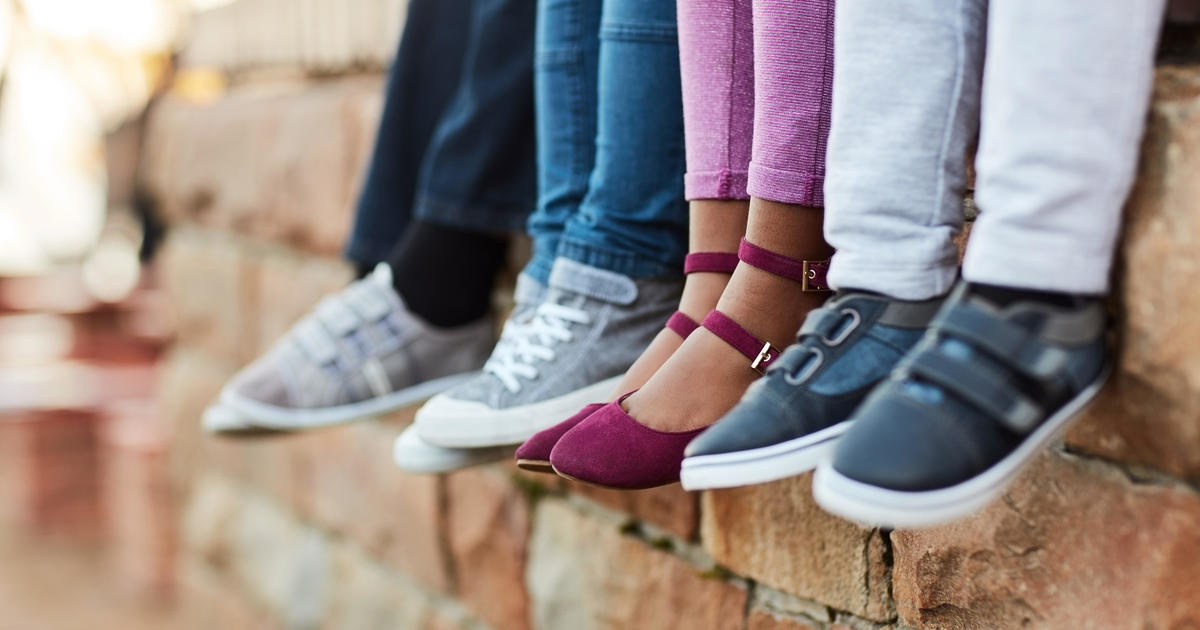
Americans are paying more for everything from furniture to groceries to holiday toys as supply-chain snags help drive prices higher. Another place where parents are feeling the pinch? Their children’s feet.
In September, kids’ shoe prices around the U.S. were up almost 12% compared with a year ago, according to the Bureau of Labor Statistics — more than double the overall price increase for consumer products last month. Children’s shoes now cost more than they have in 70 years, the Footwear Distributors and Retailers of America (FDRA), a trade group that represents more than 500 companies, estimated in a letter to President Joseph Biden last week.
The main driver: Trump-era tariffs on imported footwear from countries including China and Vietnam, where most children’s shoes are made, said the group, which is lobbying for a cut in those levies. The tariffs account for nearly a third of the retail price of some kids’ shoes, according to the FDRA.
Supply-chain disruptions during the COVID-19 pandemic are only adding to the strain, wrote FDRA CEO Matt Priest, noting that surging shoe prices hit lower income families the hardest. “Poor and working-class families are paying skyrocketing cost increases on kids’ shoes across the country,” he wrote.
Priest called for the Biden administration to eliminate tariffs on children’s footwear “altogether for basic fairness and good economic policy.” Before the tariffs, a children’s plastic shoe cost $9.21 but shot up to about $9.88 after the U.S. imposed the levies in 2019, according to figures provided by the FDRA.
Among retailers, discount chains have been most affected by rising shoe costs, Peter Roccamo, president of Esquire Brands, told industry publication Footwear News. The company holds licenses for children’s footwear brands DNKY, Kenneth Cole and Jessica Simpson. Shoemakers and retailers are trying to absorb price hikes, he told the trade industry publication.
“Everyone is giving in from both sides to make this work. But in all fairness, this way of working is not sustainable. It’s a band-aid on existing and current business,” Roccamo said.
Crocs, best known for its ubiquitous clogs, shifted some shipments to East Coast ports ahead of the holiday season even as the footwear maker coped with factory closures in Vietnam and China because of COVID-19, according to a company call with investors last week.
Almost all footwear sold in the U.S. is imported, according to footwear trade groups.
Crocs plans to hire air freighters for 2022 to bypass supply-chain disruptions that some economists predict will stretch well into next year. Most of the company’s goods planned for the rest of this year are already en route, the company told investors.
Meanwhile, consumers still plan to spend on shoes this holiday season, according to an Emerson College survey of almost 1,200 people earlier this month on behalf of the FDRA. About half say they’ll spend between $100 to $250 on all footwear, with 39% expecting to shell out more than they did last year, the survey found.
Download our Free App
For Breaking News & Analysis Download the Free CBS News app

